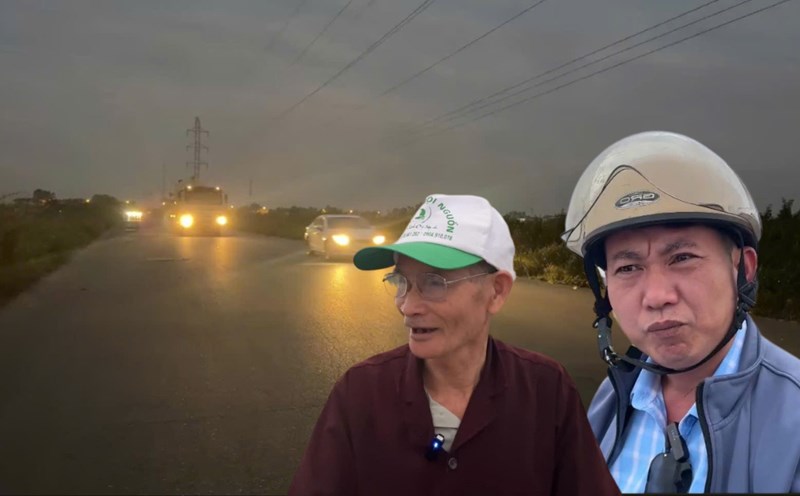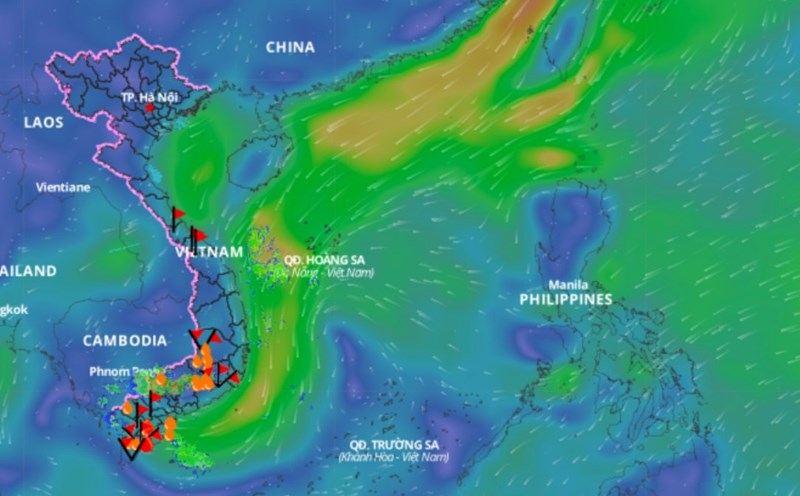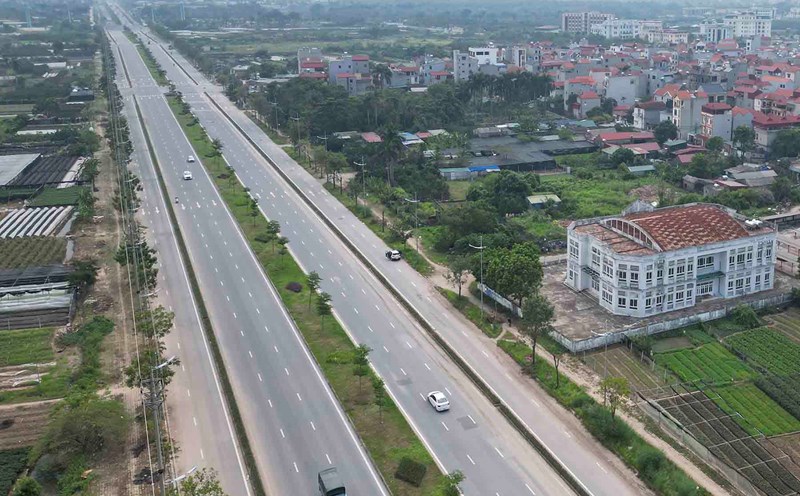Accordingly, voters said that recently, many people went through procedures to apply for land use right certificates (red books) and encountered the following content: There is a road on the land.
However, according to the people, this route is not shown on the old map but is shown on the new map.
Therefore, when making the application for a red book, it cannot be done due to the regulations in Clause 2, Article 20 of Circular No. 50/2015/TT-BGTVT dated September 23, 2015 of the Ministry of Transport: "Branch roads connected to national highways must go through connection points in the planning of connection points approved by the Provincial People's Committee after receiving a document from the Ministry of Transport".
Voters recommend guiding the removal to overcome the above situation, creating conditions for people to soon be granted a certificate as prescribed.
Responding to this issue, the Ministry of Transport said that according to current legal regulations on management and protection of road traffic infrastructure, the principle is unified that the Ministry of Transport is responsible for managing national highways, the Provincial People's Committee is responsible for managing provincial roads, national highways passing through special urban areas; national highways when classified; urban roads; district roads; commune roads; village roads; service roads; side roads separated from national highways.
According to Point a, Clause 1, Article 7 and Point b, Clause 1, Article 151 of the Land Law, in the case of land in the road safety corridor, land users are not granted red books or ownership rights to assets attached to the land in the case of land assigned to domestic organizations to manage public works and safety corridors for works according to the provisions of law.
For land outside the road safety corridor, the issuance of Land Use Right Certificates is under the authority of the locality according to the provisions of the law on land.
In Clause 2, Article 1 of Decree No. 117/2021/ND-CP dated December 22, 2021 of the Government regulating the management and protection of road traffic infrastructure: "The provincial People's Committee decides to approve connection points to national highways in accordance with the planning approved by competent authorities, complying with the principles and connection requirements as prescribed by the Minister of Transport; responsible for the implementation of connections to ensure traffic safety and the route's operability".
Accordingly, the decision on branch roads connecting to national highways is the responsibility of the Provincial People's Committee, in accordance with technical regulations of the Ministry of Transport.
Regarding the problem when applying for a Land Use Right Certificate in the case where the land has a road "not shown on the old planning map but shown on the new planning map", the Ministry of Transport responded as follows:
The issue of building new planning maps of localities is organized by the People's Committees of provinces according to local planning on the basis of legal provisions on planning, so the authority to handle problems in granting land use right certificates belongs to the People's Committees of provinces.
According to the provisions of Article 5 of the Planning Law No. 21/2017/QH14 issued by the National Assembly on November 24, 2017, there is no longer the concept of "planning for connecting branch roads to national highways".
Therefore, the Provincial People's Committee is responsible for reviewing and issuing decisions approving connection points to national highways; The Ministry of Transport has issued Circular No. 39/2021/TT-BGTVT dated December 31, 2021, amending Article 20 of Circular No. 50/2015/TT-BGTVT on connection activities as a basis for implementation in accordance with other relevant regulations.
The Ministry of Transport requested the National Assembly Delegation of Lam Dong province to consult with the People's Committee of Lam Dong province to direct advisory agencies and district-level People's Committees to proactively study and handle opinions and respond to Lam Dong province voters' reflections according to their authority.









